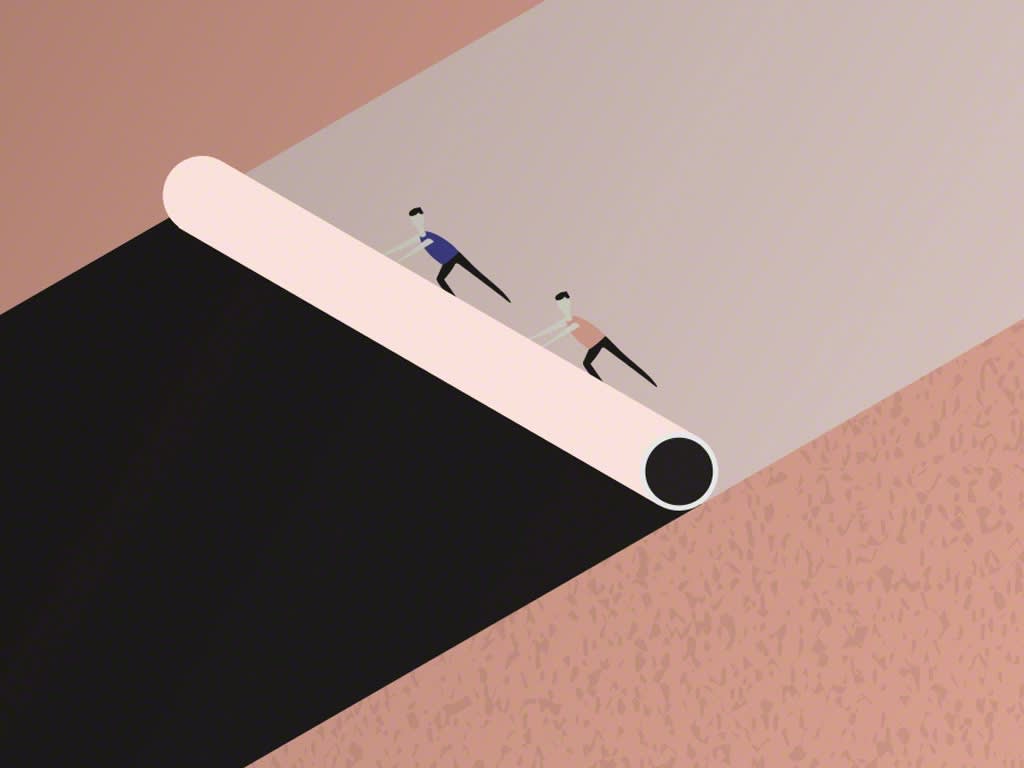Be Agile. Hack Your Space.
Change Everything at Once
Agile is easy to understand and difficult to master. It requires long-term dedication. A changing work structure requires a shift in culture. The physical environment can support both Agile-Focused and Agile-Inspired teams by enabling a new process and new ways of engagement
Steelcase IT leaders knew they needed to make a fundamental shift from a transactional services mindset to a business mindset that values learning, agility and empathy. Very intentionally, they decided to change the physical environment, team culture and processes all at once.
Defined by a set of principles written in the Agile Manifesto for software development, Agile is grounded in ideas such as self-managing teams, close cooperation between developers and users, frequent deliverables and consistent customer-feedback cycles. At Steelcase, IT teams are in different stages of adopting Agile. They tend to fall into two main categories.
Agile-Focused
Multidisciplinary teams focused on one project. They have a defined iterative and cyclical process founded in Agile principles. They primarily support software development and often use a development method such as Scrum.
Agile-Inspired
Teams applying some principles and processes based in Agile methodologies to multiple projects. Non-IT teams often fall into this category as well. These teams are influenced by Agile principles or a movement toward an Agile culture.


“Our prior space and furniture were fixed in place. Now, we feel empowered to move furniture, change our seats, even borrow stuff to make our space better.”
ALAN DEVRIESMulti-Project Team Leader
NEXT CHAPTER — Empower Teams
PREVIOUS CHAPTER — Introduction


